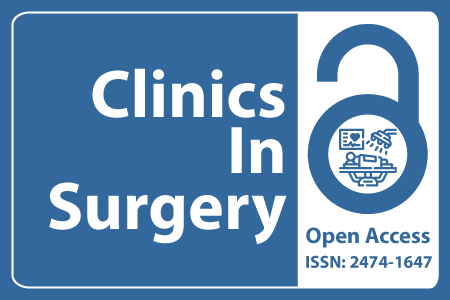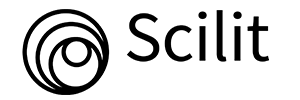
Journal Basic Info
- Impact Factor: 1.995**
- H-Index: 8
- ISSN: 2474-1647
- DOI: 10.25107/2474-1647
Major Scope
- Plastic Surgery
- Orthopaedic Surgery
- Thoracic Surgery
- Neurological Surgery
- Pediatric Surgery
- Otolaryngology - Head and Neck Surgery
- General Surgery
- Emergency Surgery
Abstract
Citation: Clin Surg. 2020;5(1):2922.Research Article | Open Access
Hybrid Strategy of Cervical Artificial Disc and Intervertebral Cage - Biomechanical Effects on the Adjacent Tissues and Implants
Tzu-Tsao Chung, Dueng-Yuan Hueng, Chi-Pin Hsu, Chun-Ming Chen and Shang-Chih Lin
Graduate Institute of Applied Science and Technology, Taiwan Department of Neurological Surgery, National Defense Medical Center, Taiwan National Taiwan University of Science and Technology, Taiwan Department of Surgery, Cheng Hsin General Hospital, Taiwan
*Correspondance to: Shang-Chih Lin
PDF Full Text DOI: 10.25107/2474-1647.2922
Abstract
Background: Hybrid surgery with Cervical Artificial Disc Replacement (C-ADR) and Anterior Cervical Discectomy and Fusion (ACDF) are an alternative treatment to reduce the level of increased rigidity, but biomechanical differences between strategies using one C-ADR and two ACDFs have not been thoroughly investigated. Methods: A nonlinear finite element model from the C2 to the T1 vertebrae was developed. Ligament interconnection, follower loads, and weight compression were used to simulate cervical flexion. Within the C4-C7 segments, two placements of one C-ADR and two ACDFs were arranged: PAP (peek cage, artificial disc, and peek cage) and APP. Results: Both PAP and APP consistently induced kinematic and mechanical redistribution to adjacent segments. The C-ADR served as a buffer of the compensated motion and stress from the ACDF segments. The motion and stress of the cranial C2-C3 and C3-C4 segments were greater for the PAP than the APP constructs. However, the caudal C7-T1 segment of the APP construct was more flexed and stressed. Serially stacked cages of the APP placement increased bone-cage stresses, potentially inducing subsidence and loosening. The sandwiched C-ADR of the PAP construct accommodated the compensated motion and stress from the adjacent ACDFs more than the APP construct. Conclusion: The PAP and APP placements cause more severe ASD progression at the cranial and caudal segments, respectively. The PAP placement is preferred for concerns regarding ACDF and postoperative degeneration of caudal segments. The APP placement is recommended when C-ADR failure and ASD progression are considered.
Keywords
Cervical degeneration; Finite element; Hybrid surgery; ASD; ACDF; C-ADR
Cite the article
Chung T-T, Hueng D-Y, Hsu C-P, Chen C-M, Lin S-C. Hybrid Strategy of Cervical Artificial Disc and Intervertebral Cage - Biomechanical Effects on the Adjacent Tissues and Implants. Clin Surg. 2020; 5: 2922..













